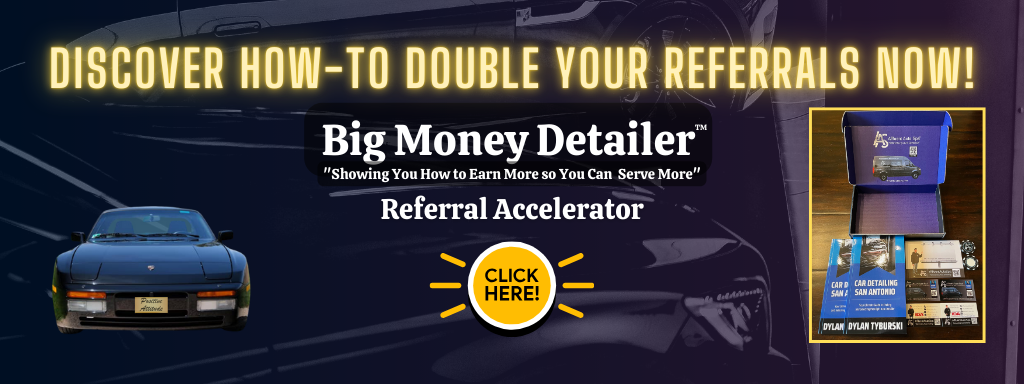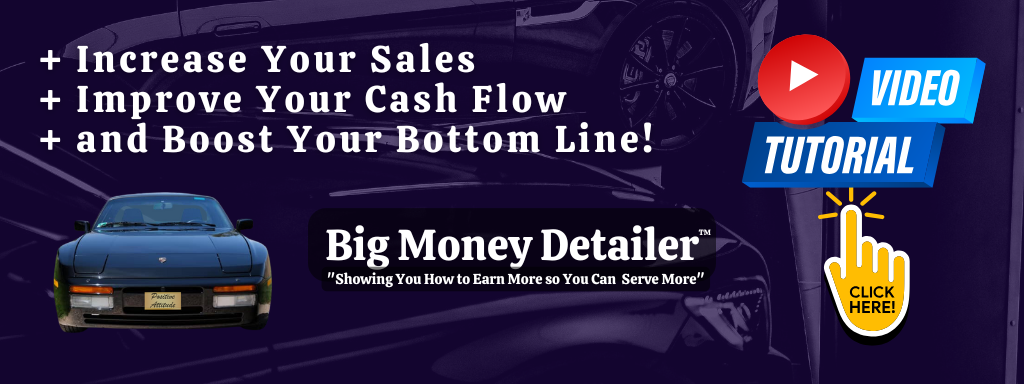Identifying Your Audience
Understanding Who to Target
Before diving into hosting workshops or webinars, the first step is to really drill down on who you’re speaking to. This is super important because the more you know your audience, the better equipped you’ll be to create content that resonates with them. Think about their challenges, interests, and what they hope to gain from your sessions. Is it industry knowledge, tips, or solutions to specific problems? Knowing these things can be a game changer.
I often use tools like surveys or social media polls to gather insights directly from potential attendees. It’s amazing how much more connected you feel when you tailor your content to their needs. Trust me; nothing feels better than receiving positive feedback because you hit the nail on the head!
Moreover, once you’ve defined your target demographic, crafting your promotional strategies becomes much more straightforward. It makes everything from social media targeting to email marketing much more effective when you know exactly who you’re aiming to engage.
Creating Buyer Personas
After identifying your audience, creating detailed buyer personas can enhance your ability to connect with them. A buyer persona is a semi-fictional representation of your ideal customer based on data and research. This helps give a face to the nameless audience and makes it easier for you to create more engaging content.
When I create my own personas, I include demographics, pain points, and preferences. This not only helps in webinars but also spills over into other marketing areas, making your messaging more cohesive across your channels.
Templates are widely available online, and I often tweak them to fit my needs. A well-crafted buyer persona can revolutionize your content strategy; it ensures that what you’re offering is useful and aligned with what your audience is actively looking for.
Engaging with Your Audience
The beauty of workshops and webinars is that they allow for real-time interaction. Engaging with your audience can make a massive difference in how they perceive you and your offerings. Use polls, Q&A segments, or breakout sessions to generate discussion. I’ve found that inviting participants to share their experiences not only fosters a community feeling but can also provide you with valuable feedback for future sessions.
Moreover, showing appreciation for their participation can further solidify these connections. Simple acknowledgments can go a long way in making your audience feel valued and heard. Plus, who doesn’t love a little spotlight from time to time?
Also, don’t underestimate the power of follow-ups. After the session, reaching out and asking for feedback or offering additional resources can maintain the connection and leave a lasting impression.
Developing Valuable Content
Choosing Relevant Topics
Once you’ve got your audience pegged, it’s time to think about content. Choosing relevant and timely topics is crucial. I spend time reading blogs, listening to podcasts, and engaging in discussions within my industry to keep my finger on the pulse of what matters.
You can also consider trending topics in your field and how they relate to your product or services. Aligning your content with seasons, holidays, or current events can make your offerings more appealing and relatable.
If you’re unsure where to start, a brainstorming session can work wonders. I sometimes partner with colleagues or even reach out to a few customers to see what they’d find valuable. Collaborative creation is often enlightening!
Creating Engaging Presentation Materials
Having engaging presentation materials can elevate your workshop or webinar tenfold. It’s not just about getting the information across; it’s about making it visually appealing and easy to digest. Think about incorporating videos, infographics, and other multimedia elements.
When designing my materials, I always keep the “less is more” mantra in mind. Overcrowding slides with text can lead to disengagement. Using bullet points or short phrases, and complementing them with interesting visuals tends to hold attention better.
Also, don’t forget to include actionable takeaways. People love to leave a session with clear next steps. Whenever I can share templates or cheat sheets, I do so. It’s a way to add value even after the webinar is over.
Incorporating Storytelling Techniques
One of the most effective tools I’ve discovered is storytelling. Using stories, whether personal or case studies, can deeply resonate with your audience. It creates an emotional connection that mere facts or statistics often can’t achieve.
I make it a point to include relatable anecdotes that provide context to the information I’m sharing. This isn’t just educational; it’s entertaining! People appreciate a good story, and it’s a much more captivating way to present material.
Encouraging participants to share their stories during the session can also spark meaningful interactions and inspire others, making the environment more warm and friendly. Remember, it’s about building a community here.
Promoting Your Events
Using Social Media for Outreach
Ah, social media — our best friend in marketing! When it comes to promoting your workshops or webinars, social media channels are unparalleled. I utilize platforms like Facebook, Instagram, and LinkedIn to share info about my events, providing snappy insights into what attendees can expect.
Crafting visually appealing and engaging posts that highlight key aspects of the session tends to generate buzz. I often use countdowns and reminders to build excitement leading up to the event. Don’t forget those engaging hashtags to broaden your reach!
Leverage the power of your existing community too. Ask past attendees to share your content or provide testimonials that you can showcase. Word-of-mouth marketing is incredibly powerful, especially in a virtual landscape!
Email Marketing Strategies
Email marketing is still one of the most reliable ways to promote events. I usually create a series of emails that tease some of the content and share what participants will gain. One of my tips? Start with your most engaged subscribers — they are more likely to spread the word.
In my experience, incorporating an enticing subject line and a strong call-to-action is essential. Little things like including a calendar invite link or clear registration steps can make all the difference in conversions.
Don’t forget to follow up after the workshop or webinar, thanking attendees for their participation and linking to any recorded content. This not only keeps you top of mind but also increases your chances of them participating in future events!
Collaborating with Influencers
Partnering with influencers or industry leaders can amplify your outreach significantly. I’ve had great success by inviting them to co-host or promote the event. Their audience can become yours, which is a beautiful way to grow your reach!
Make sure to choose influencers whose values align with your brand. Authenticity is key when it comes to influencer marketing, and audiences can sniff out inauthentic promotions from a mile away!
Also, co-creating content or hosting previews of your webinar with these influencers can drum up interest early on. The cross-promotion can lead to valuable discussions and an increase in attendance.
Providing Follow-Up and Resources
Sending Out Thank-You Emails
Sending a follow-up thank-you email is a simple but effective way to leave a lasting impression. In my experience, personalization helps. A quick note expressing gratitude not only shows you value their time but also keeps the door open for future engagements.
I typically include a link to a recorded version of the webinar, key takeaways, and additional resources that can help attendees dive deeper into the topic. This demonstrates that you care about their learning journey and not just a transactional relationship.
Plus, encouraging feedback in these emails can lead to valuable insights that you can incorporate into future workshops or webinars. It shows you genuinely want to improve and cater to their interests!
Offering Additional Resources
Resources can range from eBooks, guides, or even discount offers for your products or services. Providing these based on what was discussed in the session can be an added value. For me, it’s all about showcasing my expertise while helping my audience succeed!
Think of it this way: when attendees leave with tangible materials that extend their learning, they’re more likely to remember you positively. This can cultivate loyalty and encourage shares within their own networks.
Occasionally, I create resource hubs where attendees can access all the valuable content discussed. This creates an incredibly useful library that they can revisit anytime, which keeps you in their minds long after the event is over.
Maintaining Engagement Through Community Building
Finally, think about how to keep the conversation going post-event. Creating a community space, like a Facebook group or a Slack channel, where attendees can continue discussing the topics can foster deeper connections. I’ve seen the value of nurturing a community where people can network and support one another.
Engaging them with discussions, relevant articles, and additional resources not only maintains interest but also solidifies your position as a thought leader in your niche.
It’s all about building relationships! When attendees feel part of something bigger, they’re more likely to turn to you for future needs, as well as refer you to their friends and colleagues.
FAQ
1. What is the best platform for hosting webinars?
There are several great platforms out there like Zoom, WebinarJam, or GoToWebinar. It really depends on your specific needs! I personally lean towards Zoom for its user-friendly interface and wide accessibility.
2. How do I ensure my audience finds my workshop valuable?
Engaging them with relevant topics, ensuring high production quality, and including actionable takeaways can greatly increase their perceived value. Always keep your audience’s needs in mind.
3. How can I keep participants engaged during a webinar?
Incorporating interactive elements like polls, Q&A sessions, and breakout discussions helps maintain engagement. Also, tell a story — people love that!
4. What follow-up strategies do you recommend?
Follow-up emails thanking attendees and sharing recorded sessions or additional resources are crucial. Maintaining an ongoing dialogue shows you care about their experience.
5. How often should I host webinars or workshops?
It depends on your audience and content availability. A monthly or quarterly schedule is common, but listen to feedback and adjust your frequency as needed!



